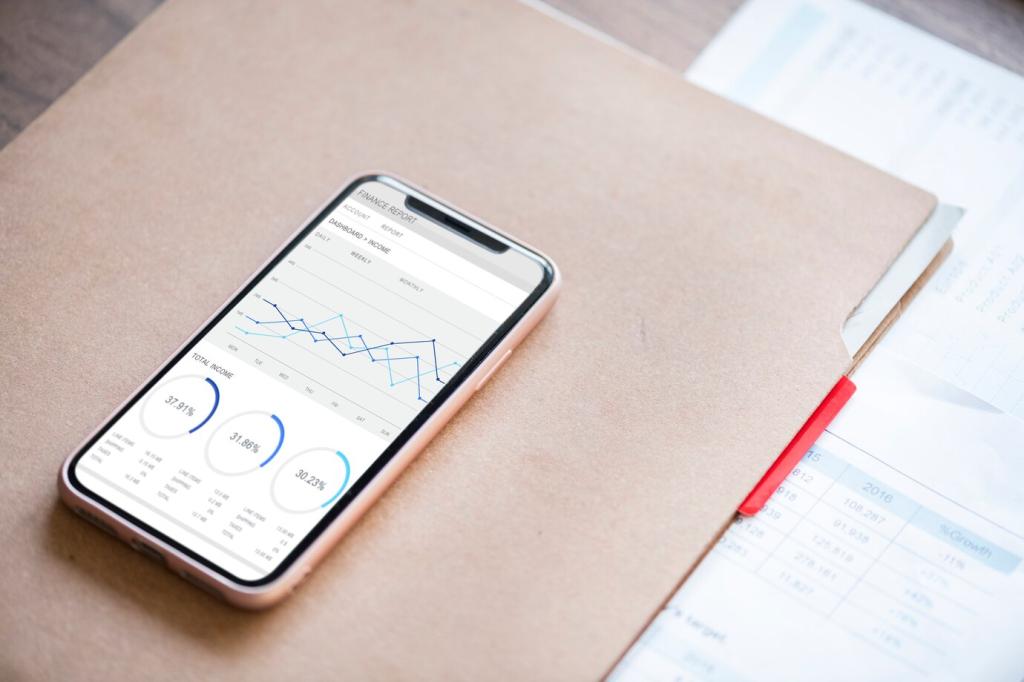Smaller Apps with Smarter Delivery
Enable R8 or ProGuard, strip symbols, and remove unused methods aggressively. Audit transitive dependencies, avoid bloated SDKs, and prefer lightweight alternatives. Share a library you replaced to save size and how you ensured feature parity safely.
Smaller Apps with Smarter Delivery
Adopt Android App Bundles for split delivery and dynamic features. On iOS, leverage on-demand resources to defer bulky assets. Post your strategy for choosing which features ship initially versus downloaded later, and the telemetry guiding that choice.








